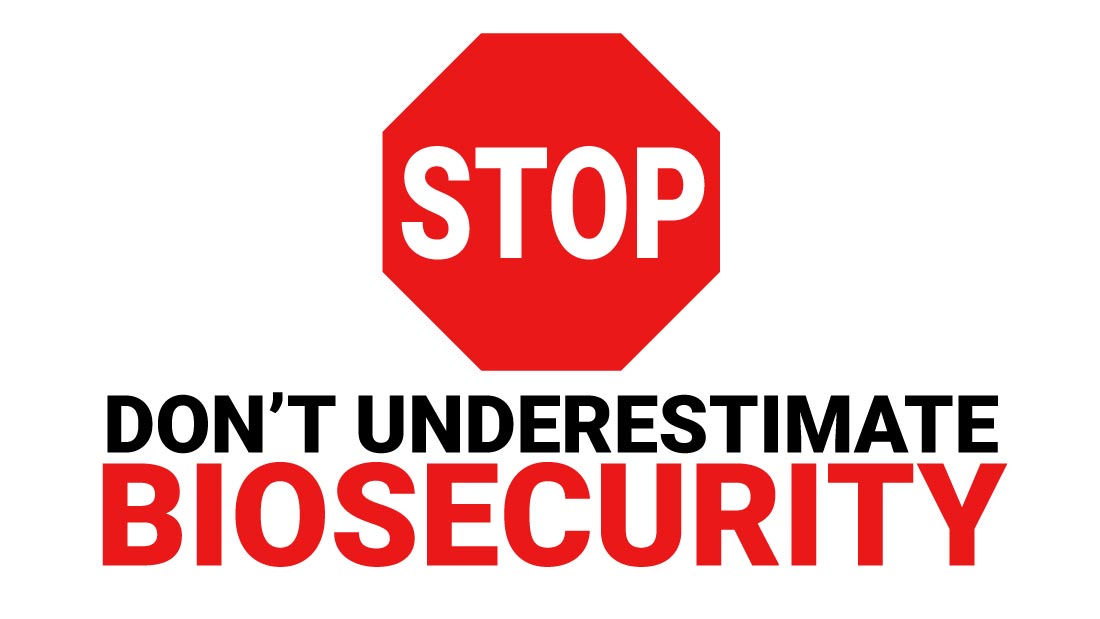I had a discussion with a fellow veterinarian the other day, during which he shared an interesting experience. While doing a herd health analysis at a local dairy the dairyman mentioned that his family was quarantined because his daughter had been exposed to a virus. This sparked a thought-provoking conversation and got me thinking about what a Dairy should stop doing. Or better yet, what common dairy herd health management practices we can prioritize.
My conclusion was that, in times like this, dairies should continue milking, breeding, feeding, and carrying out the essential daily routines. The challenge, once again, is to become even more efficient.
Biosecurity
One thing that stuck with me from that conversation was the importance of biosecurity. Maybe… just maybe, it is time to do a better job of Biosecurity. It’s crucial to remember that infectious disease transmission goes both ways. I’ve seen my fair share of human-to-bovine transmissions - especially in calves. Some of the common diseases I have seen are giardia, salmonella, ringworm, cryptosporidium, and E. coli. In this case, it’s not about what dairies should stop doing, but rather what preventative measures they can start implementing to better support cow health.
What can you do?
Biosecurity is relatively simple. You can prevent disease transmission by wearing protective gear and washing your hands thoroughly after using the restroom. Washington State University published a good brochure you can give to your workers.
I’m reminded of Locard’s Principle of Forensic Science, which states that no one can enter or leave a room, without taking something from it or leaving something behind. Bacteria and viruses do not have legs. They travel on or within us.

